
The abrupt stampede to safety in financial markets unleashed by COVID-19 in March 2020 created chaos and concern for investors, financial institutions and regulators. And it put extra scrutiny on the ability of digital solutions, systems and tools that underpin global trading, execution and settlement to serve and satisfy millions of financial professionals trying to do their jobs from home.
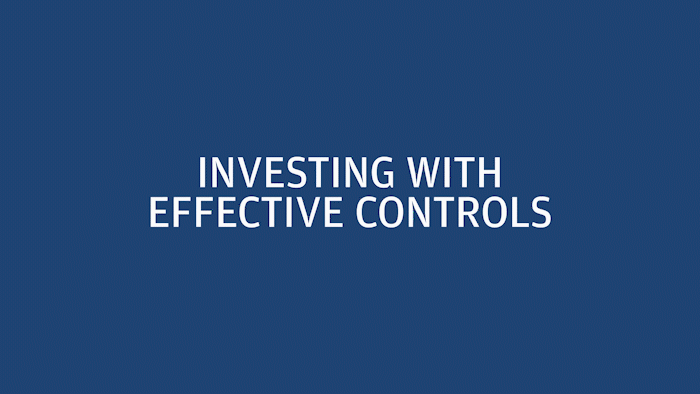
Among the digital solutions facing its first real-world crisis was Morgan Money, a web-based, open architecture money market trading platform with state-of-art technology designed by J.P. Morgan Asset Management that launched at the Association for Financial Professionals’ annual conference in Boston in October 2019. Four months after AFP, the liquidity crisis sparked by the pandemic sent many institutional investors rushing to sell risk assets— including prime money market funds (MMFs)—and park cash in lower-risk government and treasury funds. Money fund assets swelled and now exceed $5 trillion, according to Crane Data.
In March alone, institutional investors plowed $821 billion1 into government MMFs. That massive flight to quality sent monthly trading volume on Morgan Money surging about 40% to $120 billion2 , fueled in part by inflows into the JPMorgan US Government Fund, whose assets reached $228 billion.
1 Source: Crane Data
2 Source: J.P.Morgan Asset Management
Through it all, Morgan Money never missed a beat—exactly as its creators expected. One reason: The surge in activity in March didn’t approach what the technology team had thrown at the system in periodic stress tests in which the platform is subjected to trading and connection requests significantly higher than what would ever happen in reality.
“We had zero downtime during the COVID pandemic, not a single minute of downtime intraday,” said Paul Przybylski, Head of Product Development and Strategy for JPMorgan’s global liquidity business. “When clients asked for money, they got the money. When they invested with us, the money was invested.”
And in the weeks that followed, Morgan Money clients had no issues using the platform from home. “The fact this platform is web-based allowed us to really be resilient throughout this,” Mr. Przybylski added. “It allowed our clients to use their own personal computers and log on to the platform. Working from home had no impact at all. Things worked as intended.”
A treasury analyst at a US aviation company is among Morgan Money’s proponents in the wake of the outbreak. “Morgan Money has been essential in enabling me to fully execute my role, especially since we started working from home,” she said. “Having access to all my accounts in one place and being able to trade with the peace of mind that JPMorgan cybersecurity brings has been indispensable.”
Investing in tech, talking to clients
Today, Morgan Money has about $124 billion in assets under management, more than 1,000 unique clients, 4,000 active users and 20,000 registered users. In addition to JPMorgan MMFs, short-duration and ultra-duration funds, the platform offers MMFs from third-party fund families in the US and EMEA. JPMorgan is leveraging the bank’s investments in technology (nearly $11 billion annually) and cybersecurity—combined with its deep reservoir of products, services and relationships—to get an edge in a competitive market where banks and nonbanks provide treasury teams and other investors with portals and platforms that allow them to select and trade money funds from multiple asset managers.
“Throughout our history, JPMorgan has helped clients navigate changing environments and challenging markets,” said John Donohue, CEO of Asset Management Americas and Head of Global Liquidity. “Our significant investments in innovation and technology will enable Morgan Money to continue to meet clients’ needs, both immediately and as they evolve and transform over time.”
To better serve those investors, JPMorgan drilled deep into what they really want. The Morgan Money team initially conducted client interviews where they asked portal users, “What is your ideal state? What’s broken? How can we make things better?” The mission became clear, Mr. Przybylski said. “We had to build a platform that offered the easiest way to execute a trade so someone in treasury can purchase a product in fewer clicks. It’s all about trade flow and settlement, and how easily you make those work.”
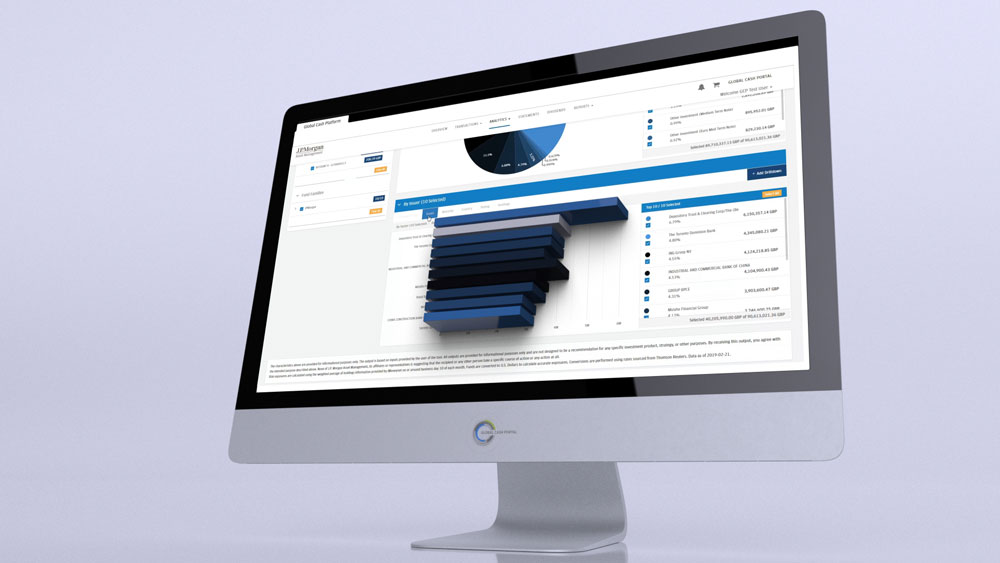
Trading carts, analytics and APIs
Eighteen months and some 200-plus additional client meetings later, Morgan Money offers treasury investment managers a look and feel that’s familiar to anyone who has purchased something online: a trading cart (patent pending) that allows users to easily create trades and save them for future execution. They can make multiple trades with one click as opposed to processing each one separately. Also familiar are tools that let investors hover their cursor over a fund name and have information like the minimum investment pop up on the screen.
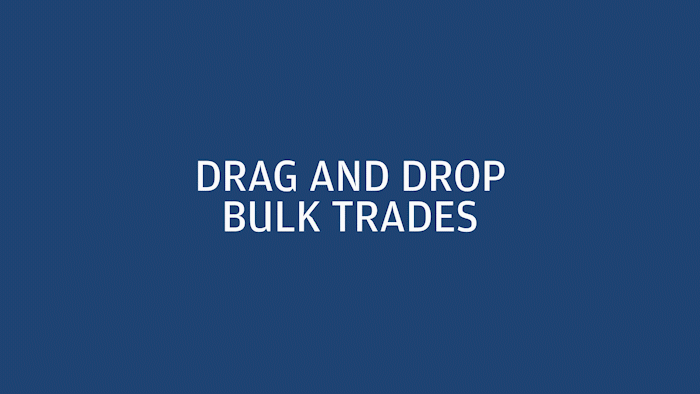
Morgan Money’s risk analytics tools have all been designed in-house to give users a powerful, intuitive and visual way to analyze their holdings and compare them to other funds on many levels. Investors can examine their investment exposures by instrument type, issuer, maturity, country and rating, down to the individual holding level.

They can drill down and filter to show the CFO their exposures to, say, China and Canada. A what-if analysis function allows them to model the potential impact of a trade—either buying or selling—and see how it might affect exposures at an account, company or full relationship level. And they can export everything to Excel in a raw, pivot ready format.
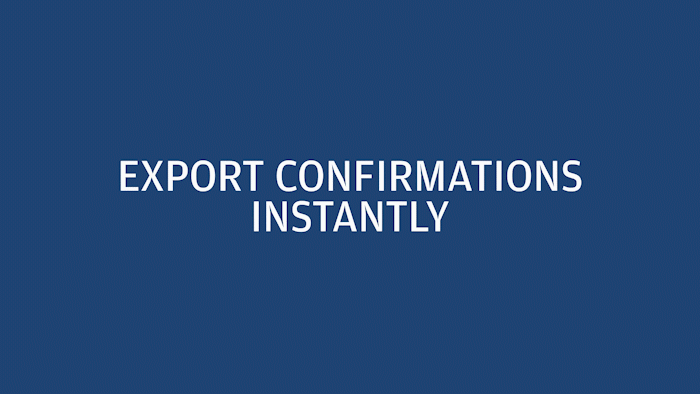
Morgan Money’s creators say their system stands apart from some competitors’ because it allows users to do real-time transactions and reporting, thanks to application programming interfaces (APIs). That functionality can pay off when an investor needs to make a trade close to cutoff. “Morgan Money has the ability to connect to our clients and their systems via APIs, which are instant connections, sending information back and forth in real time,” Mr. Przybylski said. “Most connections out there are done through secure file transfer protocol (SFTP), where you send a file every few minutes. We have the ability to send a trade instantly rather than waiting for the next batch.”
APIs also open the door to integrating Morgan Money with a client’s treasury management (TMS) or enterprise resource planning (ERP) system, a trend JPMorgan expects to accelerate in the post-pandemic world as seamless connectivity becomes more essential for trade execution. “I think everything is going to be on a shorter timetable,” Mr. Przybylski said. “We all saw working remotely as the future before the crisis. Now I think things are going to be accelerated. Everyone wants the flexibility and automation. So having the digital integration capabilities is going to be a big point going forward.”
Morgan Money will also provide, when necessary, so-called tech credits that help platform users defray TMS and other expenses, including payments to Bloomberg and Clearwater Analytics. That’s critical for some investors, including one NeuGroup member who said, “That’s the model we’re used to, having tech credits that offset other expenses within treasury.”
Looking ahead
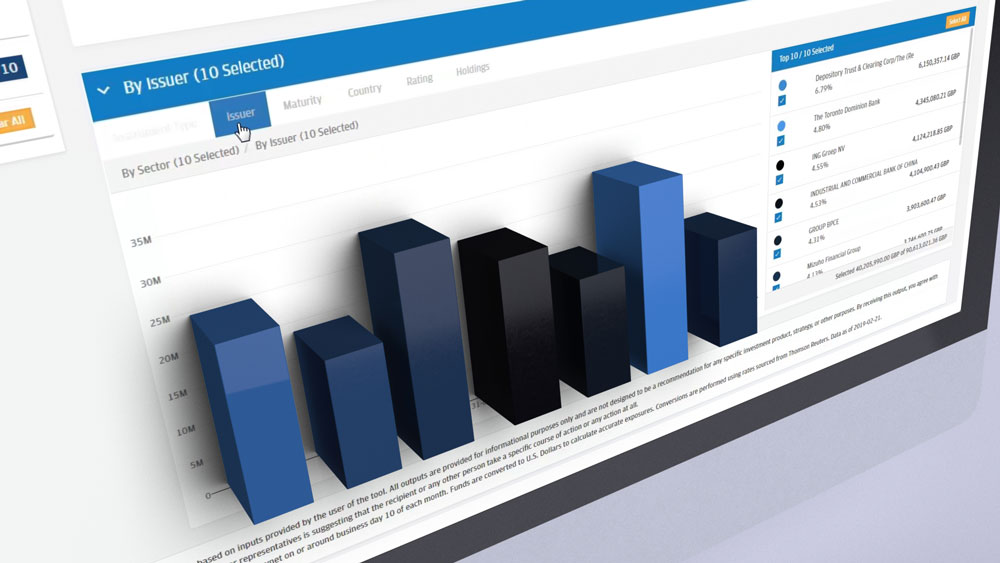 In the wake of the pandemic, tools like Morgan Money that have given clients a greater sense of control when doing their jobs outside of the office and outside of their comfort zones—a situation that could last for months—may enable treasury teams to transform how and where they operate.
In the wake of the pandemic, tools like Morgan Money that have given clients a greater sense of control when doing their jobs outside of the office and outside of their comfort zones—a situation that could last for months—may enable treasury teams to transform how and where they operate.
“When you’re trading large amounts, a lot of people are cautious in terms of doing this anywhere but from the office,” Mr. Przybylski said. “I think this current experience is going to open people’s eyes to their ability to do these things at home, especially considering the security levels are so high and that we have the same cybersecurity throughout the JPMorgan system, wherever you use it.”
This new mode of operation will require Morgan Money and other digital solutions to keep innovating to offer finance teams more options to do more kinds of work remotely, efficiently and safely. And that fits perfectly with JPMorgan’s vision of the future.
Sponsored by:



